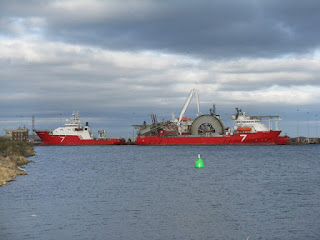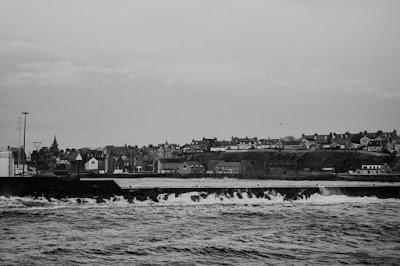How Does Submarine Fiber Optic Install Work?
Submarine fiber optic networks are built on the shore, and the cables
are delivered to your offshore platform via submarines that can lay the cables
on the bottom of the ocean. This is a very safe way for you to maintain
communications with your offshore team, and you can create a network that is so
fast you will feel like you are using a standard internet connection back home.
Continue reading to learn how to create one of these networks and bring out the
submarines to handle the installation.
What Does The Submarine Engineering
Team Do?
The Submarine Fiber Optic Cable Installation team must build your cables first. The team will
create cables that allow you to connect your offshore rig with an office that
is back home. The subsea cables could be hundreds of miles long, and they are
built to go the exact distance that you need. Because the cable system is so
complex, the cables are built with hundreds of wires that will handle power,
voice, data, and the Internet. You cannot rely on wireless or satellite
connections when a weird connection is much faster and more reliable.
What Happens At Sea?
The Subsea Cable Companies that you work with will send out a team with a boat
and mini submarines that are known as Remote Operated Vehicles. The ROV will
float to the bottom of the ocean where they will deposit the cables on your
behalf. The cables will be laid in a place that is very easy to reach again in
the future, and the submarines are tracked so that you can see exactly where
the cables are located. The cables need to be tracked in case you have problems
with the system. Plus, the cables need to be checked for tangles and damage in
the future.
Connecting Your System
The team that built your cables will make sure that your network is
connected properly. Plus, the team will test the speed of the system. You have
been promised a particular speed, and you need to know that you are getting
that speed. The company will show you how to run your tests, and you can report
any problems in the future if you think the system is not working very well.
You should also make sure that your voice calls go through, your Internet
connection is fast, and you can use the system for many different things at the
same time.
Regular Service
You should work with your installer to get a service plan on the cables.
The service plan will send the team out to your location once or twice a year
to check the cables. You may need emergency repairs, and that is why you need
to have contact information for the installer. You must maintain the system as
best you can. Plus, you should immediately report any trouble you or the shore
office have had. The boats and submarines need to be sent out as soon as
possible to solve these problems before they get worse.
A Final Thought
Your business must invest in safety and efficiency when you are starting
a project at sea. The platform cannot be cut off from the land, and that can
happen when you are using unreliable wireless or satellite systems. A subsea
cable system that is sent directly from the shore can help you connect and
send voice messages with no trouble. You simply need to work with an engineer
who will show you how they build the cables, test the system, and check the
cables from time to time. This the best way for you to know you are connected
when you send a team out to sea.




Comments
Post a Comment